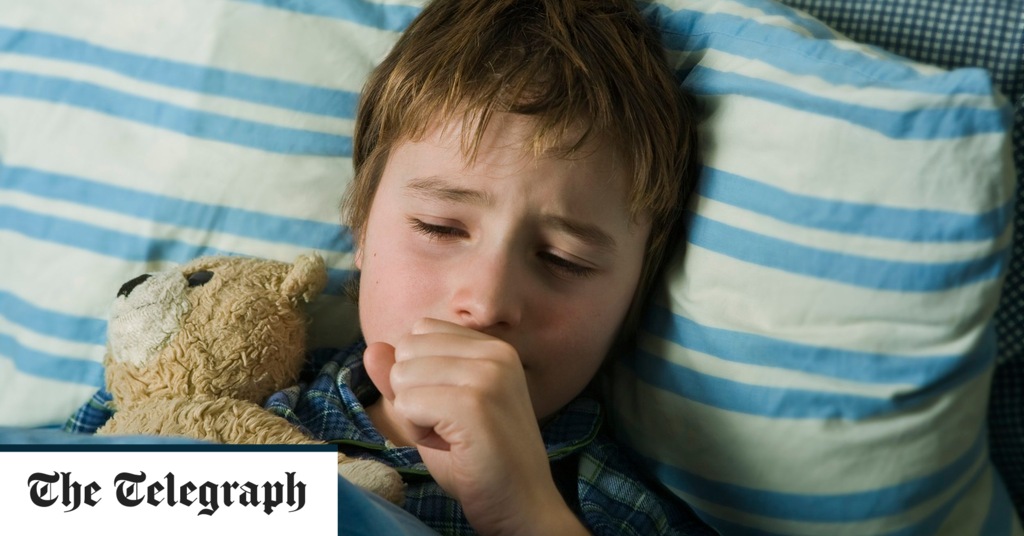Infection
Covid-19 cases on the rise in UK amid waning immunity
Official figures for Covid cases in the UK have crept up in recent weeks because of waning immunity and bad weather keeping people indoors, according to experts.
As of July 20, the UK Health Security Agency (UKHSA) reported a slight rise in the number of cases and people being admitted to hospital, including those requiring intensive care.
Its records show that 3.7 per cent of 4,403 respiratory specimens were identified as Covid, compared with 3.6 per cent of 4,535 cases two weeks earlier.
The Zoe Health Study, which takes its data from people self-reporting Covid, claims that from July 29, 789,695 people across the UK are estimated to have symptomatic Covid, with the highest concentration of rates recorded in the South West, with between 931 and 1,628 daily new cases per million people.
Wales is a close second, with between 591 and 1,755 new reports a day per million people.
The figures indicate a 30 per cent rise in daily cases since the start of July, but are still far below the rates recorded at the height of the pandemic. Zoe data show that during the omicron surge last spring, there were more than 3.8 million daily new cases.
Boots, the UK high street pharmacist, said sales of tests had increased by 33 per cent between July 16 and 22 compared with the previous three weeks, as more people reported having coughs and sore throats.
‘Probably the tip of the iceberg’
Speaking to The Times, Prof Lawrence Young, a virologist at the University of Warwick, said the most recent spike may be caused by wetter weather pushing more people indoors, and waning immunity.
“It shows something we all know – that the virus is still lurking and that it is dangerous to be complacent,” he said. “It’s a long time since many folk had their booster jabs, and the poor weather in July may have encouraged crowding in poorly ventilated spaces.”
He added the reported case increases were “probably the tip of the iceberg as routine testing is no longer freely available”.
Last autumn, people over 50 were urged to have a booster, but uptake in England was just 40 per cent for people in their early 50s, and 52 per cent for those in their later 50s.
Those over 75 had a greater turnout for the boosters, with 80 per cent opting to receive another vaccine. The over-75s were encouraged to receive another booster in spring this year, and 70 per cent opted for this.
UKHSA data show that those aged 85 continue to have the highest hospital admission rates, and have recently increased to 9.8 per 100,000 from 8.61 per 100,000 in the previous report, while admission rates among those aged 75-84 have increased to 5.54 per 100,000 from 4.74.
Vaccine take-up urged
Dr Jamie Lopez Bernal, a consultant epidemiologist for immunisation at the UKHSA, said: “The NHS will be in contact in autumn 2023 when the seasonal vaccine is available for those who are eligible due to health conditions or age.
“Remember that the virus can cause serious illness, especially for those who are older or immunosuppressed, so we urge everyone who is offered to take up the vaccine when offered.”
Dr Chris Smith, a consultant virologist and lecturer based at the University of Cambridge, told Sky News: “I’m reassured by this kind of data because it tells us we have a finger on the numerical pulse of what’s happening with disease outbreaks and so on. But also these numbers are very low in comparison to where we were in previous years.”

